We are doing some crowd funding.
https://www.indiegogo.com/projects/blinky-ball-rgb-portable-led-sculpture-bluetooth#/
Help us buy thousands and thousands of LEDs.
---
In 2012 we did a Blinky Ball, it was 384 white LEDs with a 800mah battery and had a run time of a couple hours. I was a great project, we tried to kickstart it but we came up short. We ended building a dozen of them and they are still going strong.
About a year later, in late 2013, I started an RGB version. Each slice had 24 common cathode RGB LEDs and three TLC59xx LED drivers. There were a couple of problems with this... first it was very expensive. At the time the TLC drivers were about 4 bucks in qty, so it would have cost ~$200/per ball for just that one part. Also I couldn't find a RGB LED that looked good at low power, with 24 LEDs per slice, 3 junctions per LED at 20ma... its 1.4A per slice or ~22Amps for the whole ball, just for the LEDs. So the project got shelved like so many other projects.
Four years later... 2017, my infant baby girl takes a shine to the original white Blinky Ball in my office. And since my wife was making the baby clothes for her first birthday, I thought I would do what I do, and make something blinky for her.
So here we are, 6 years later revisiting the blinky ball. The first prototype was huge and wired (no battery) after quite a bit of effort charliex got the software running all 1152 LED elements. After a couple of false starts and a couple of melted wires we got it to look OK at 1 Amp and it looks great at 1.8 Amps (peak amp numbers). Since that was well within the range of being battery powered, the next prototype had an 18650. It runs for about 4 hours, it's smaller and my daughter loved it, even if it was a month after her birthday (It's OK she just turned one.)
That one was 20 LEDs per slice with 16 slices. We are going to make ver 3.0 with 24 LEDs per slice that should have a similar run time. And since people complain that I never document anything... here we go.
 mmca
mmca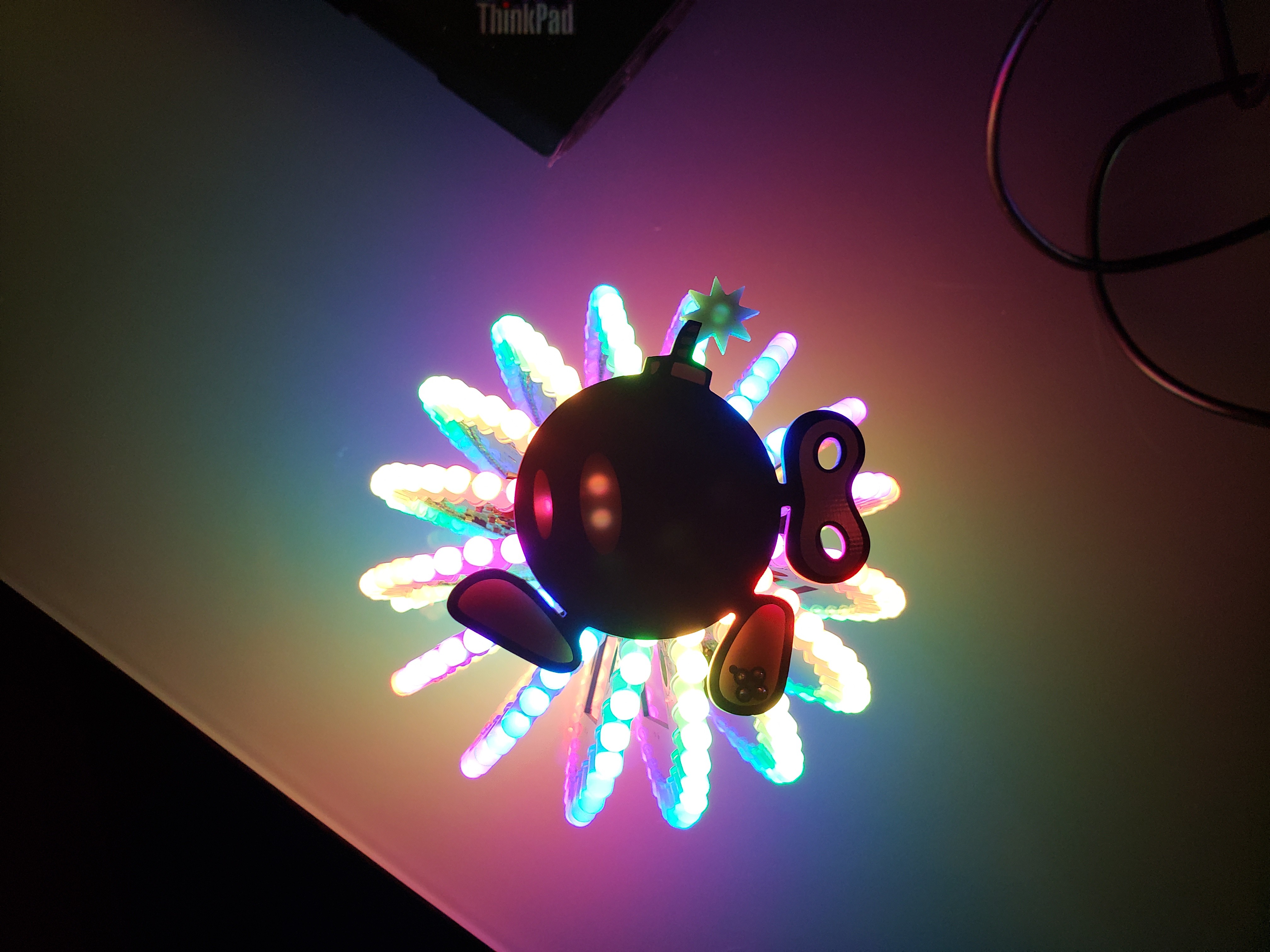
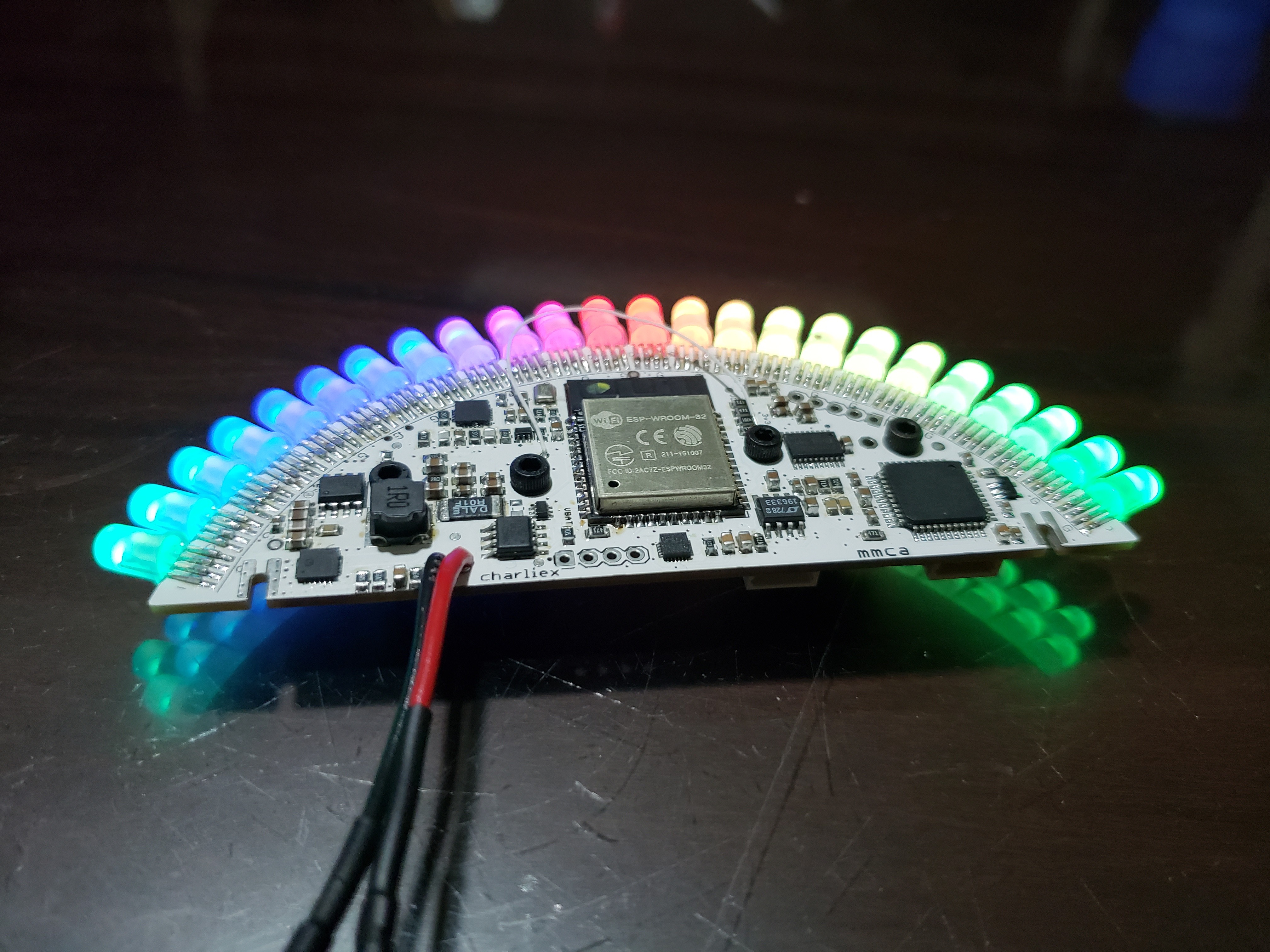
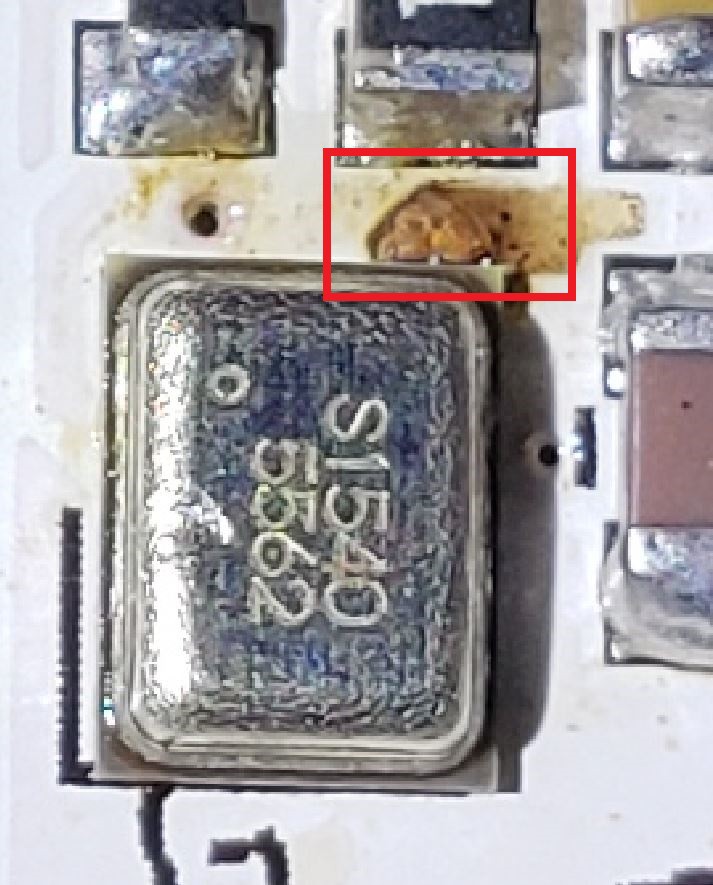
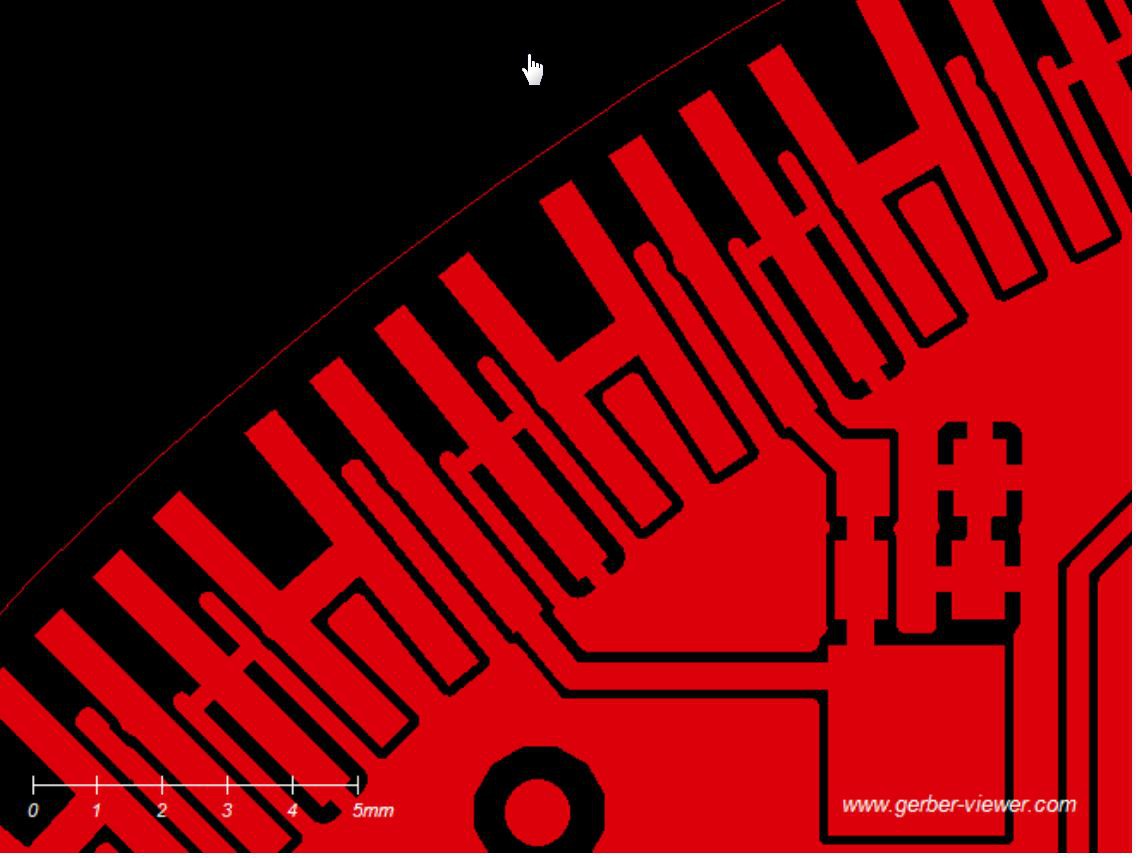
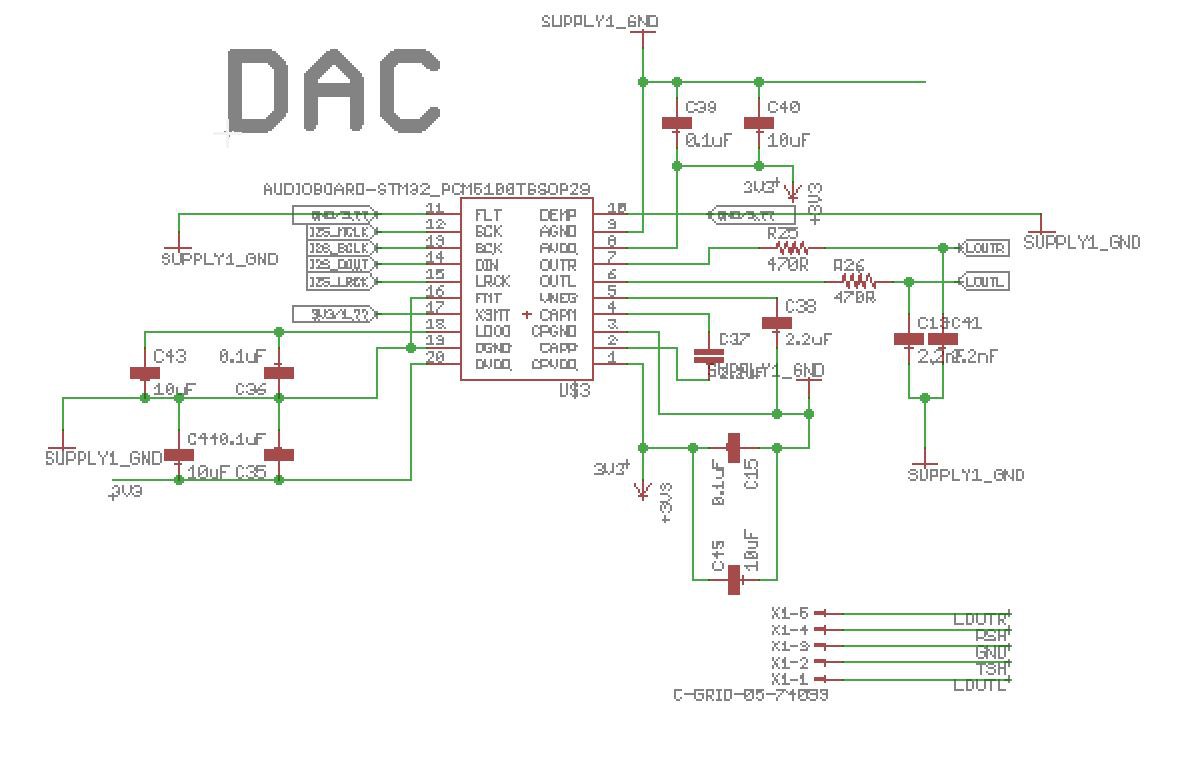
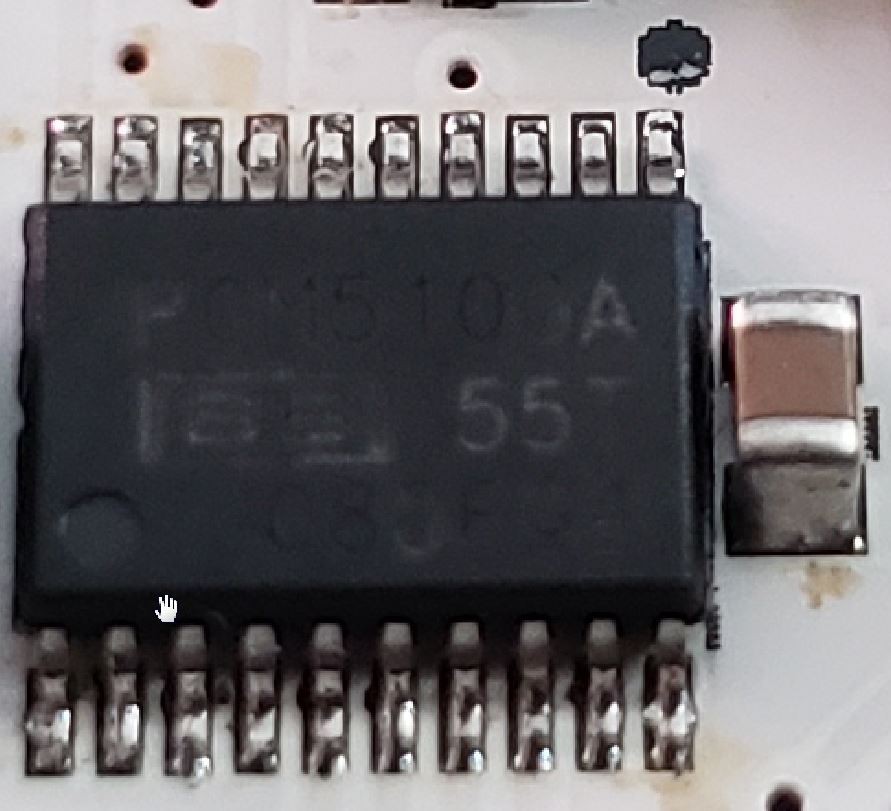
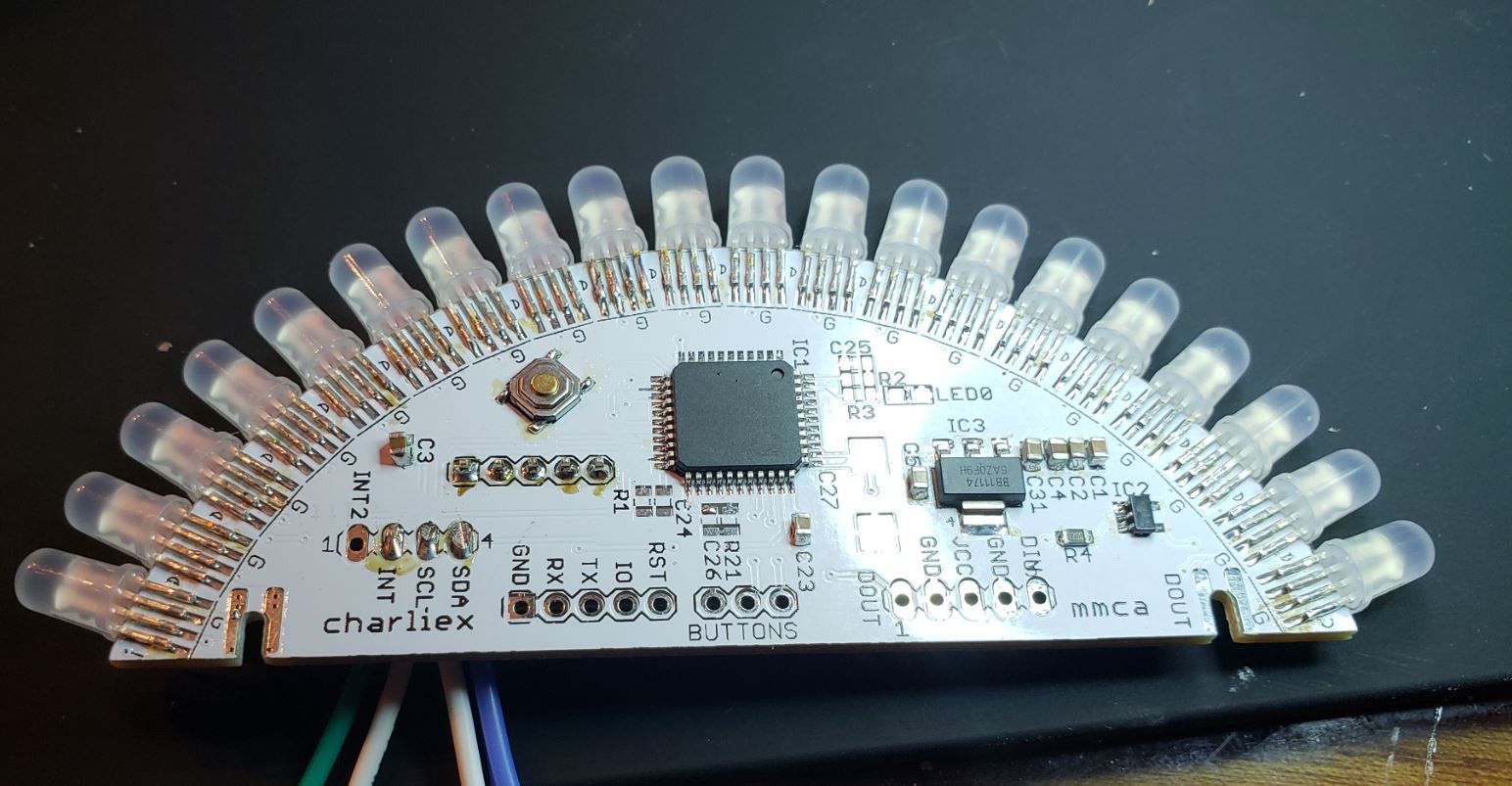
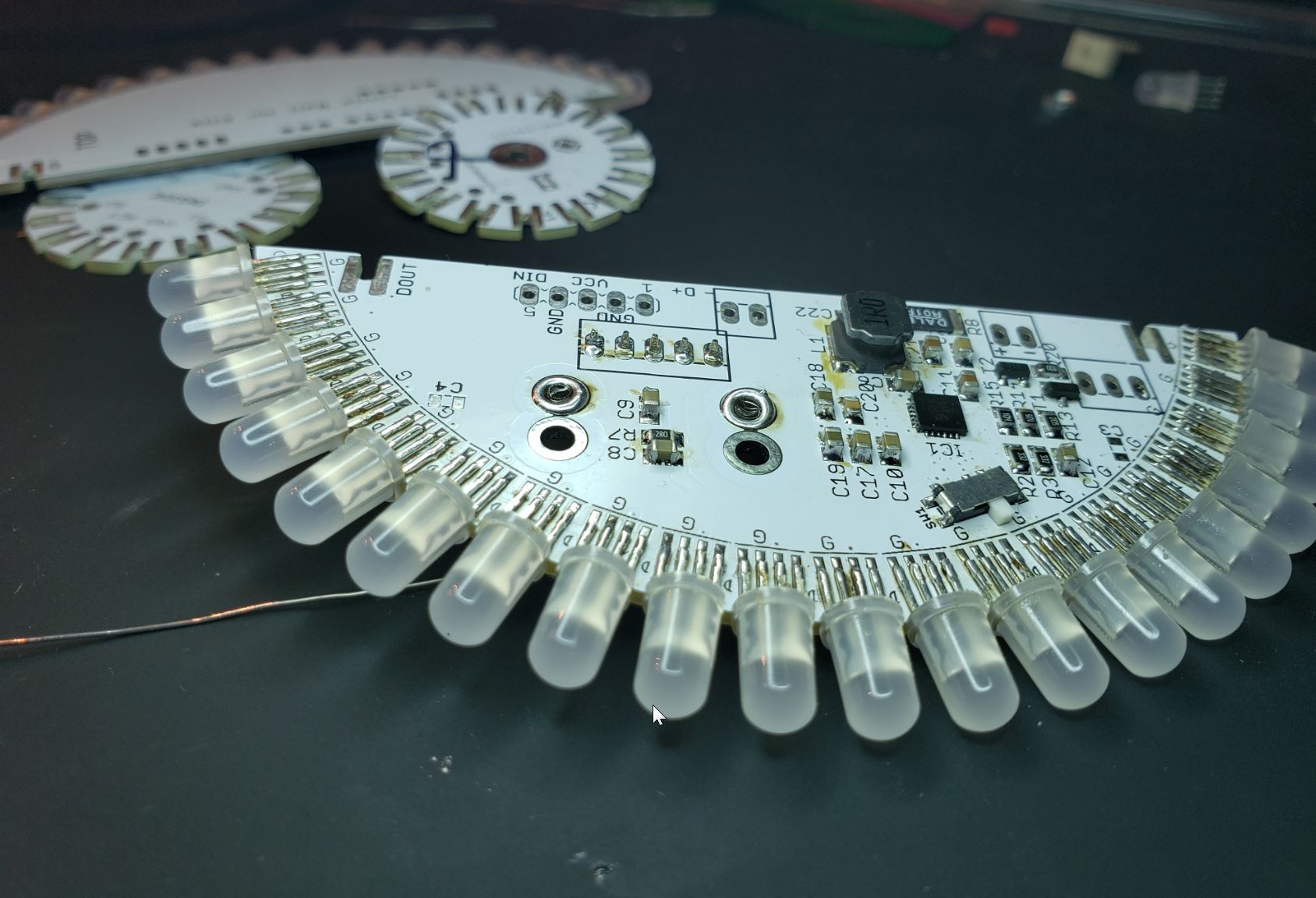
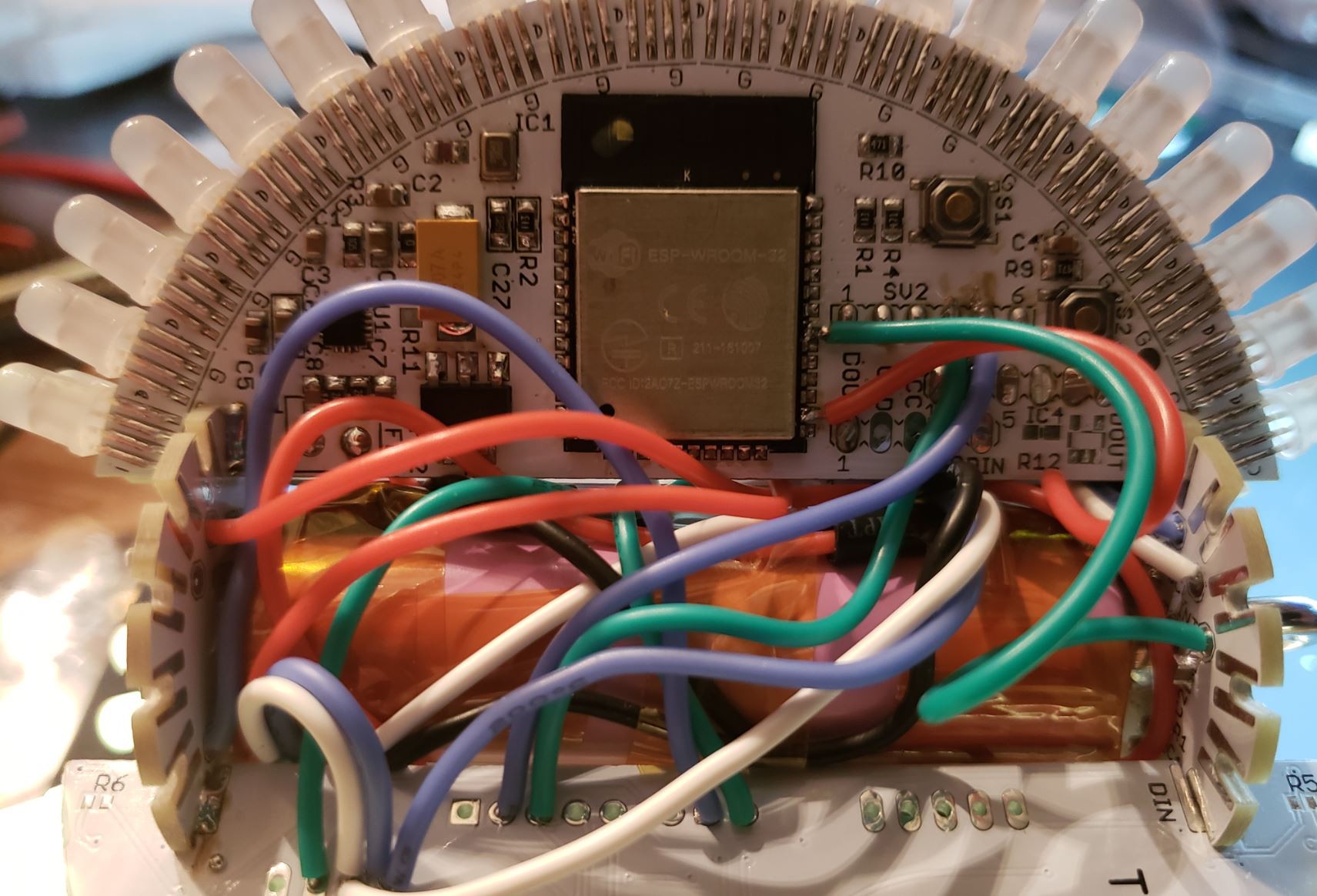
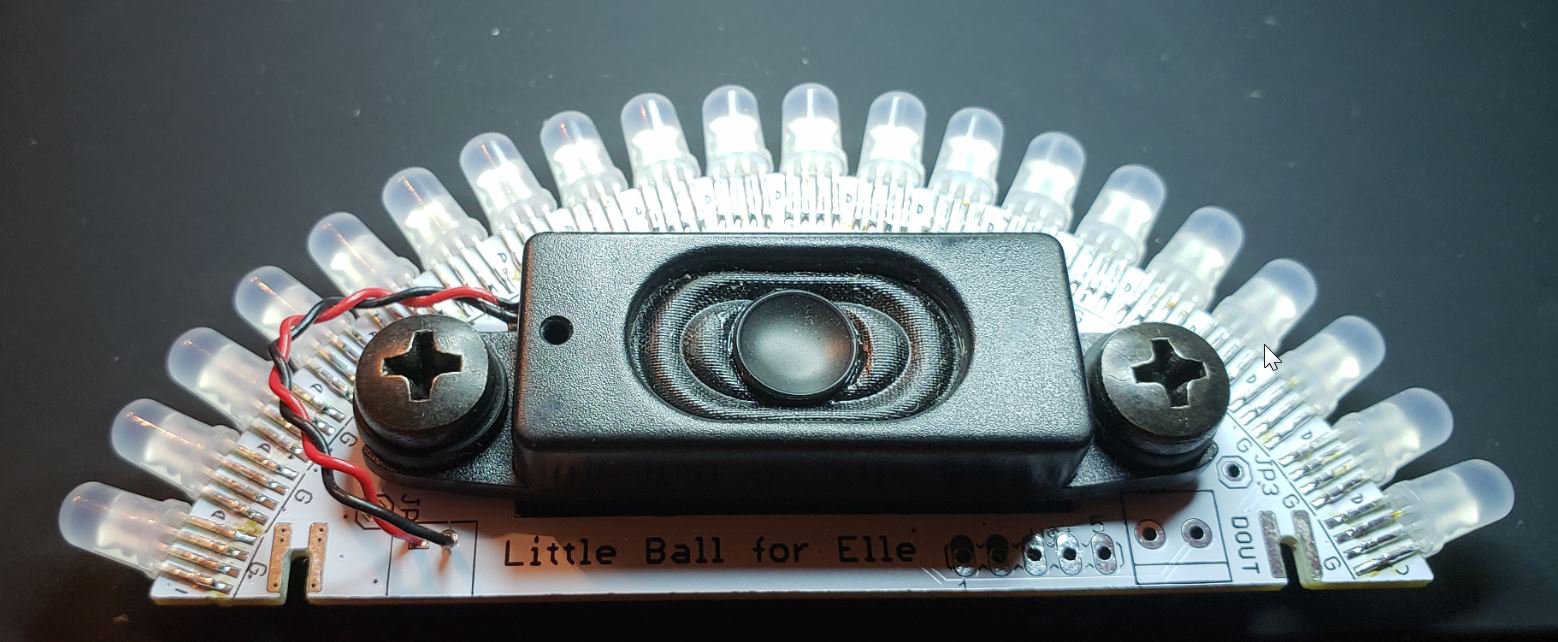
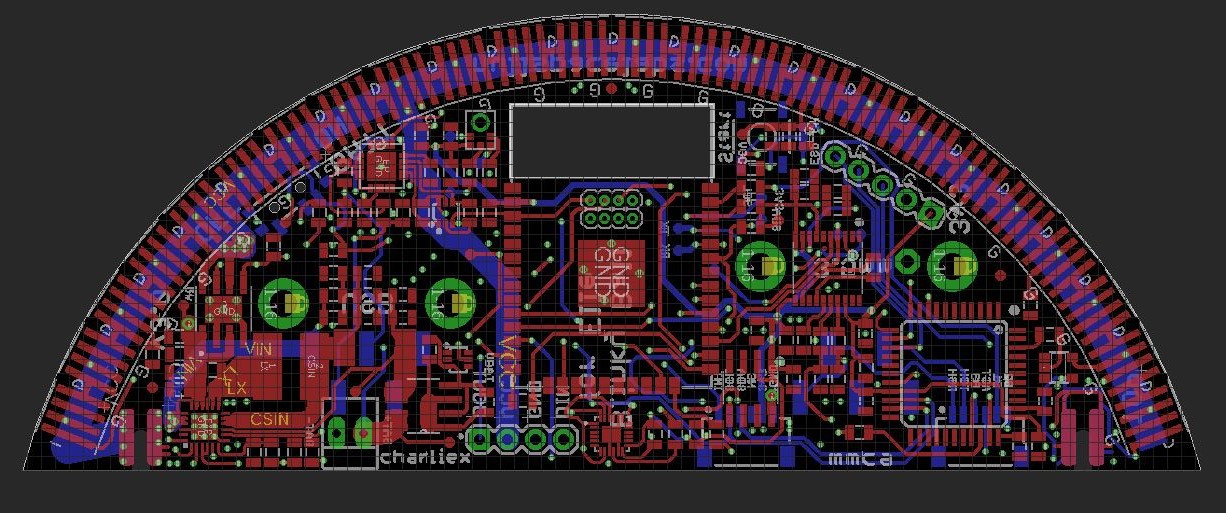
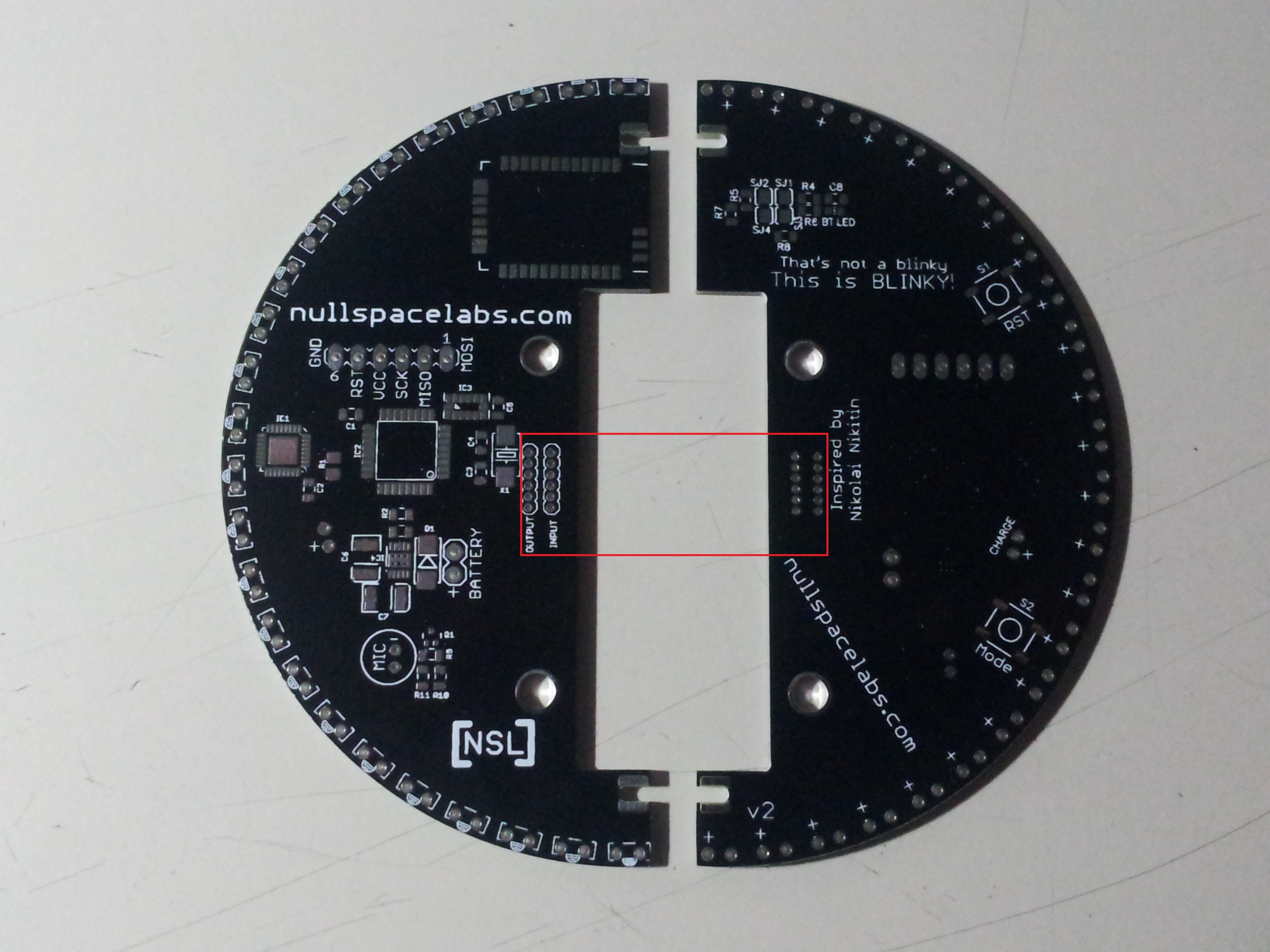 In the first Blinky Ball we used wires to move the power and signal around the ball between slices. It was a little clunky and time consuming to build but seem to work OK.
In the first Blinky Ball we used wires to move the power and signal around the ball between slices. It was a little clunky and time consuming to build but seem to work OK. 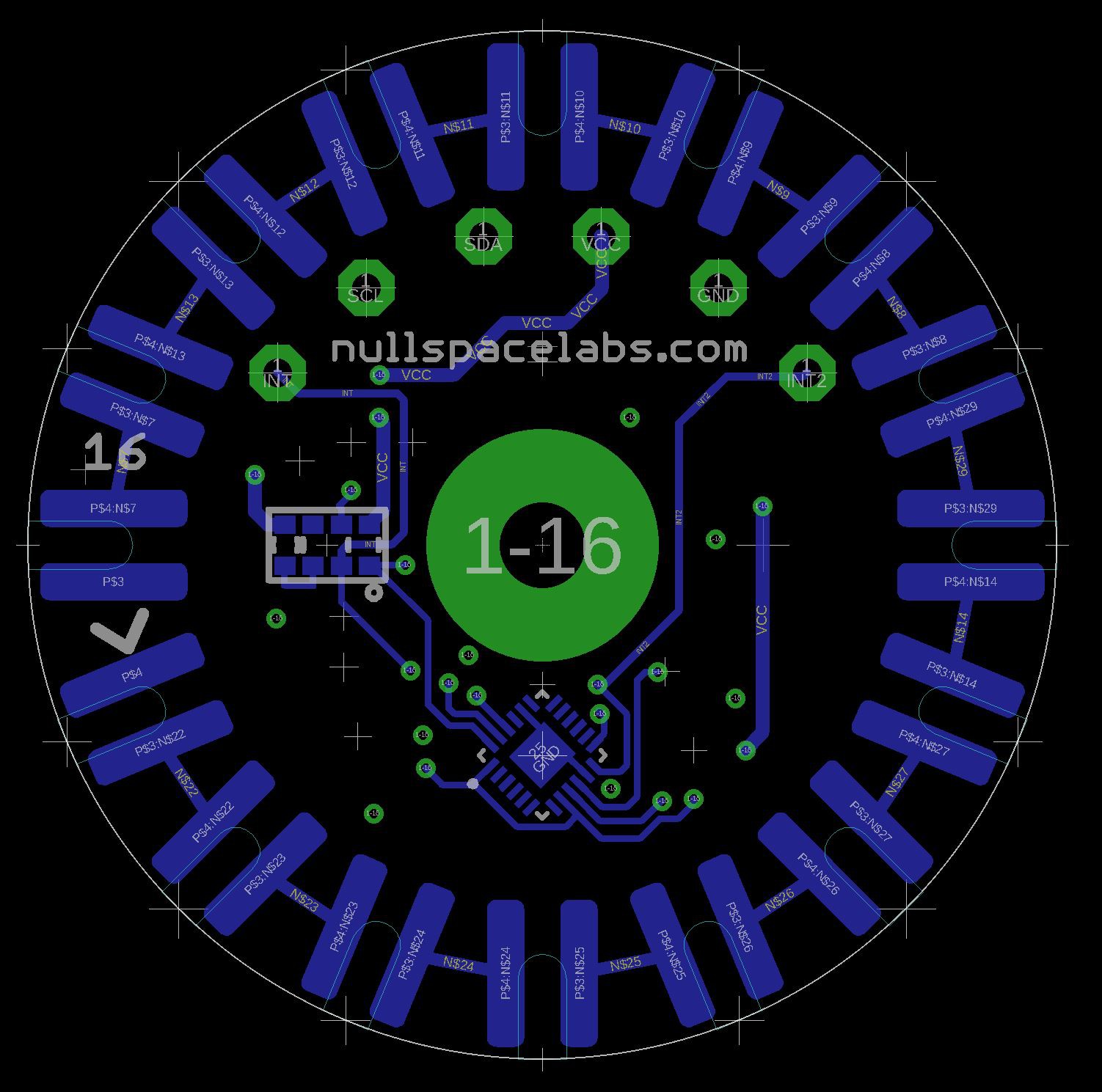
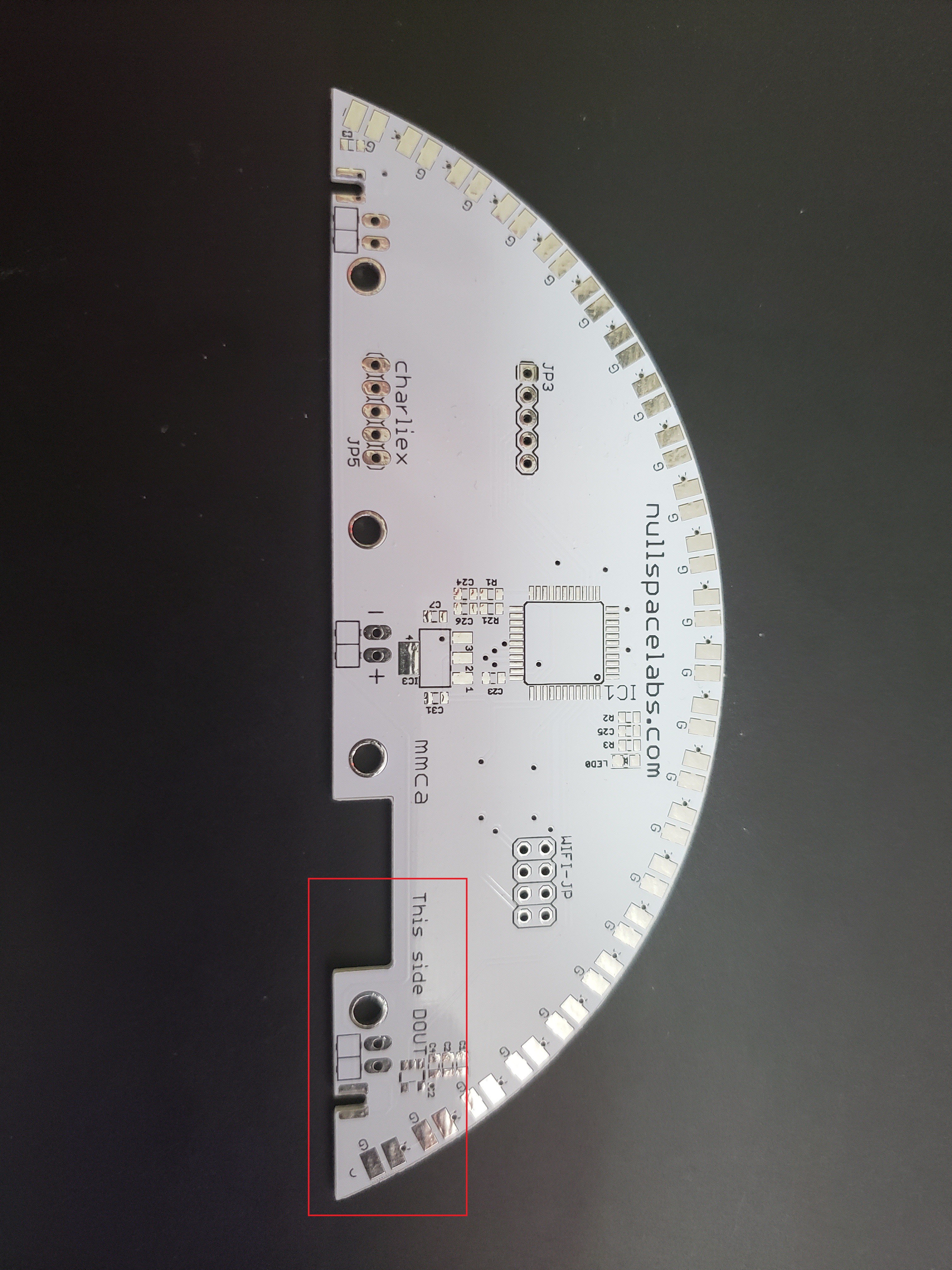
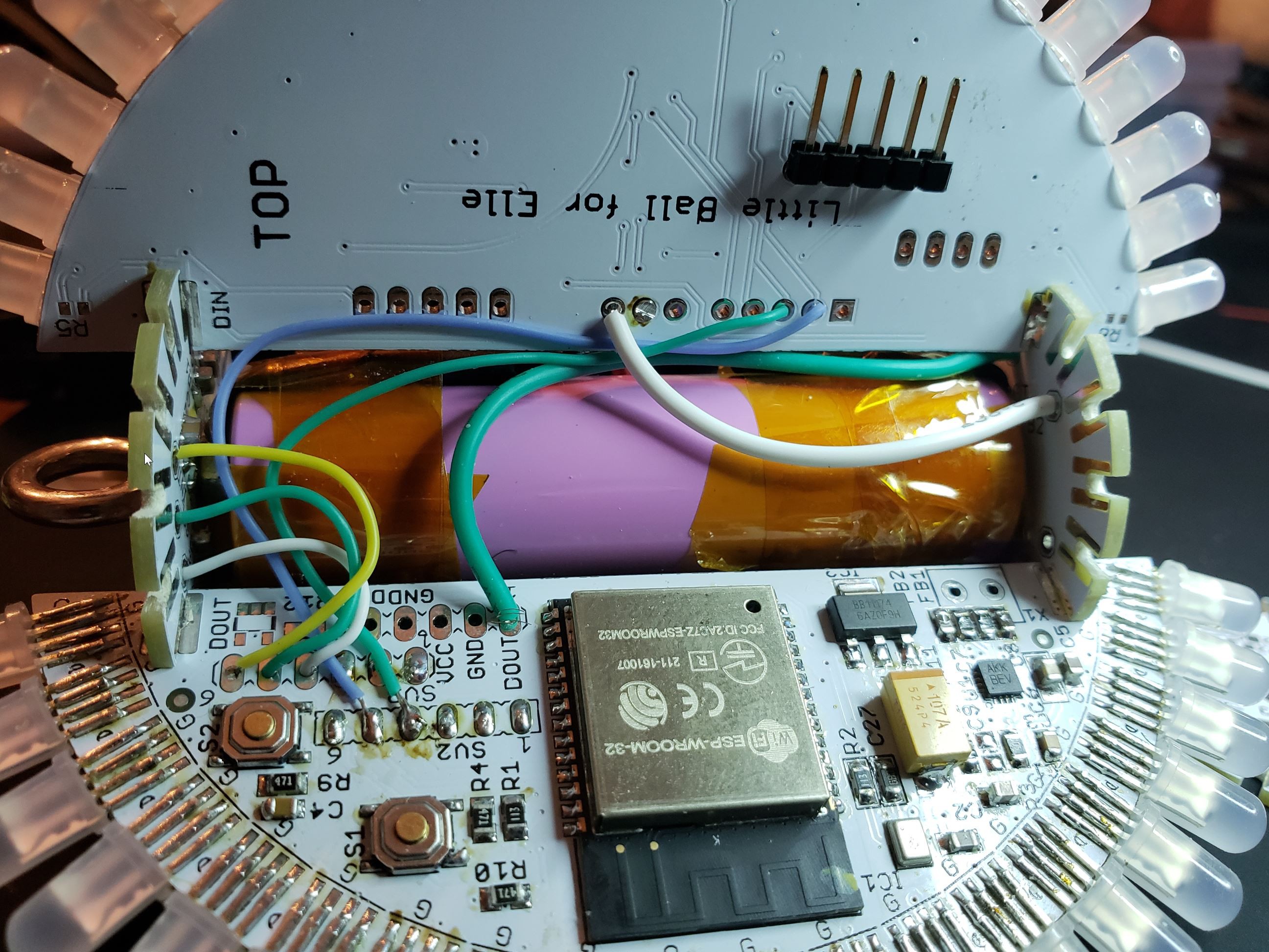
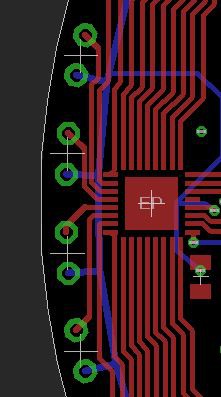
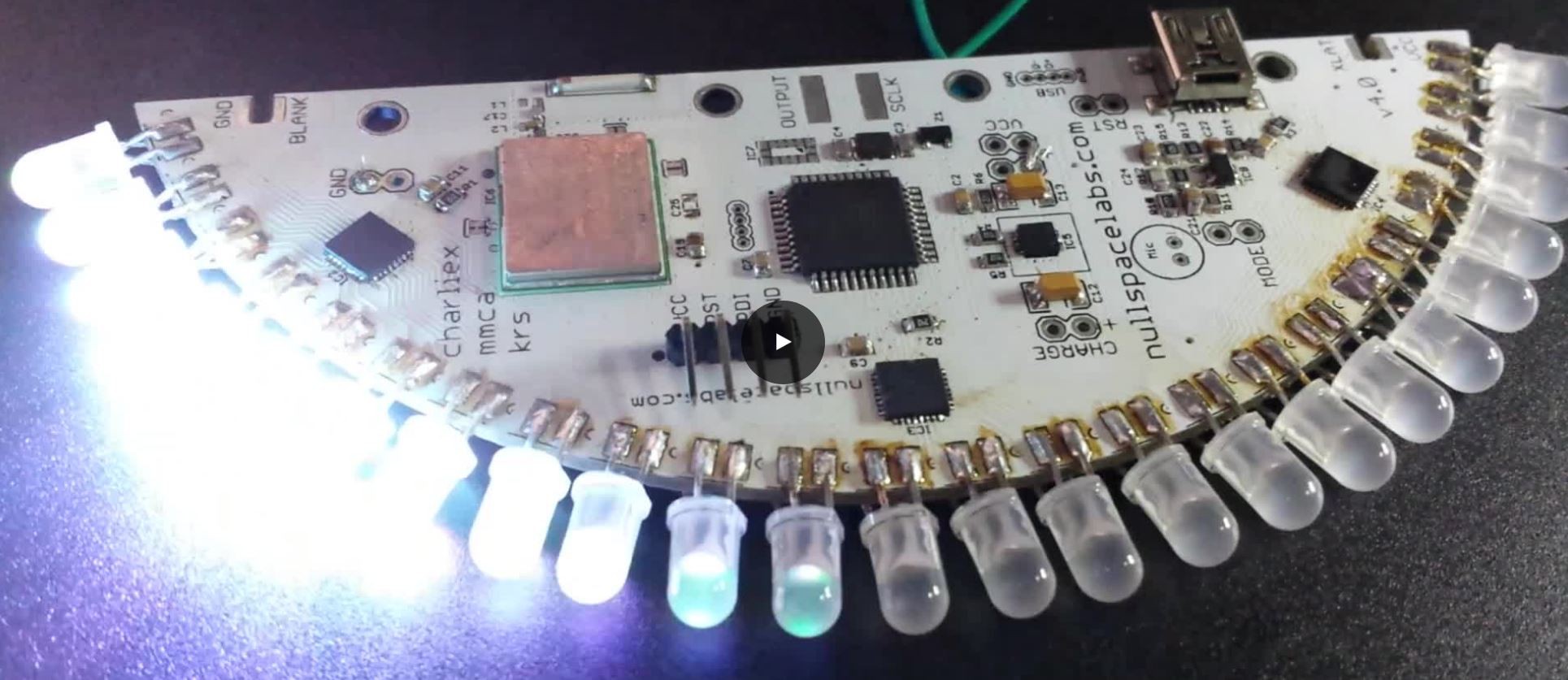
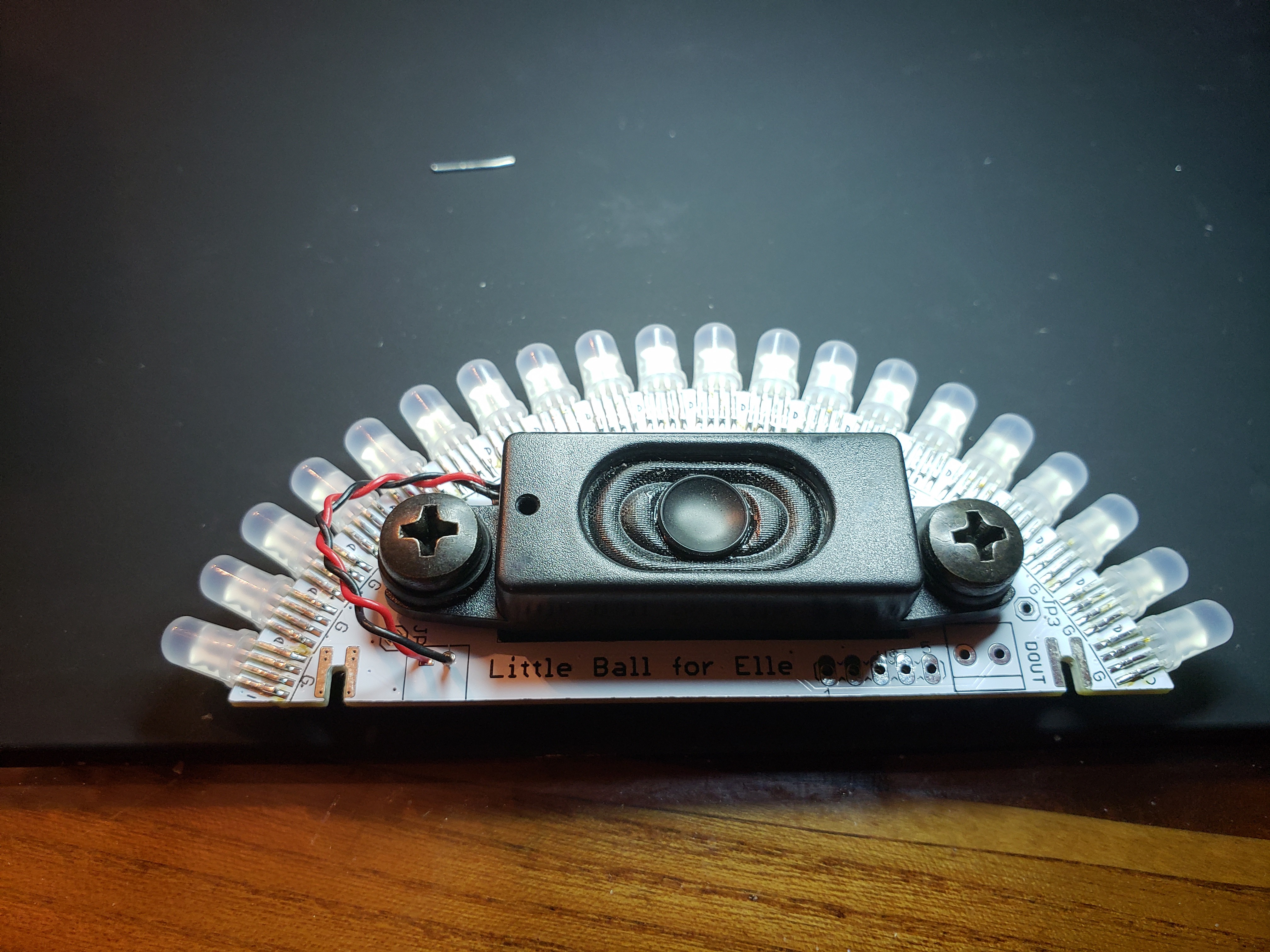
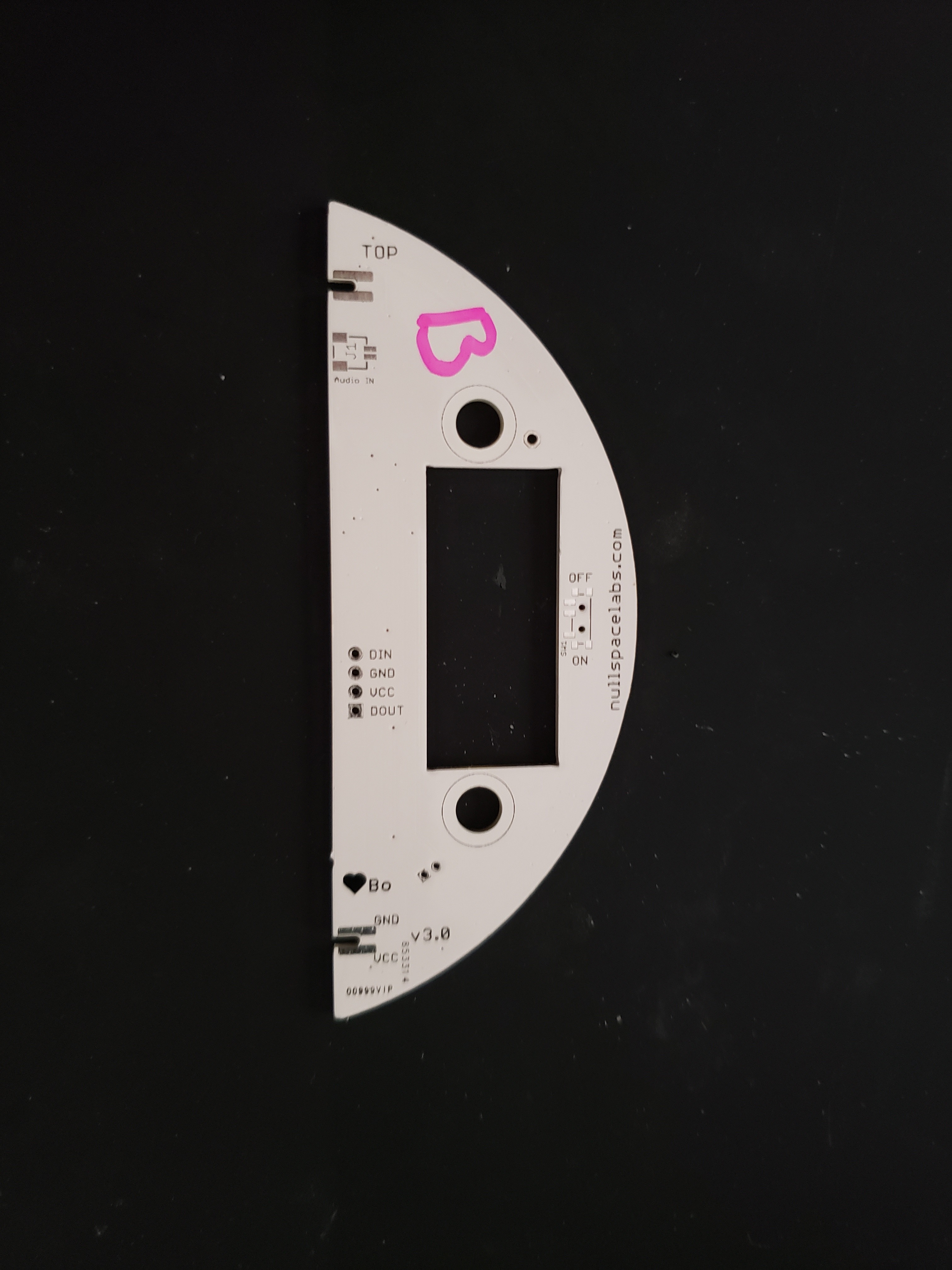
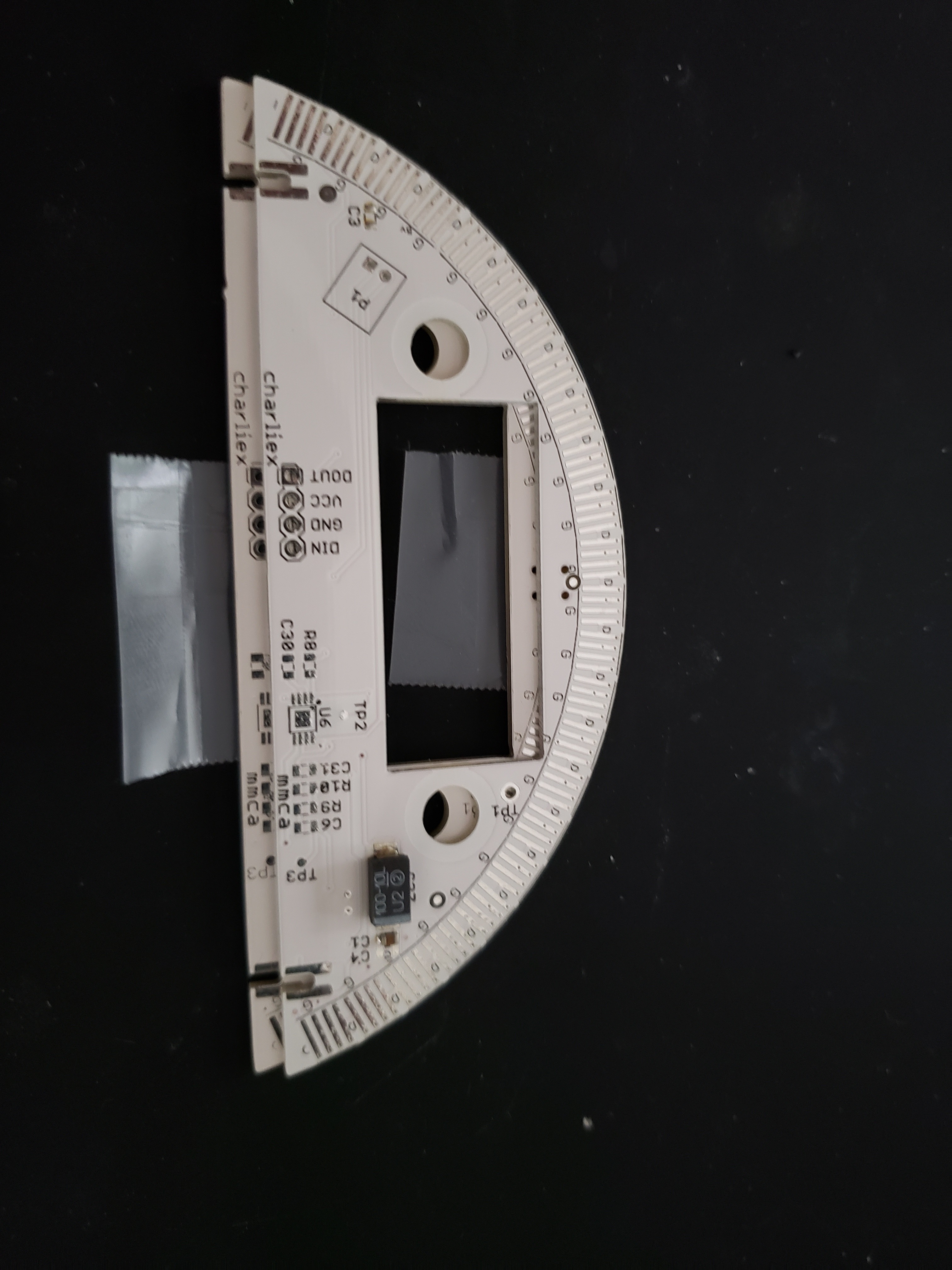
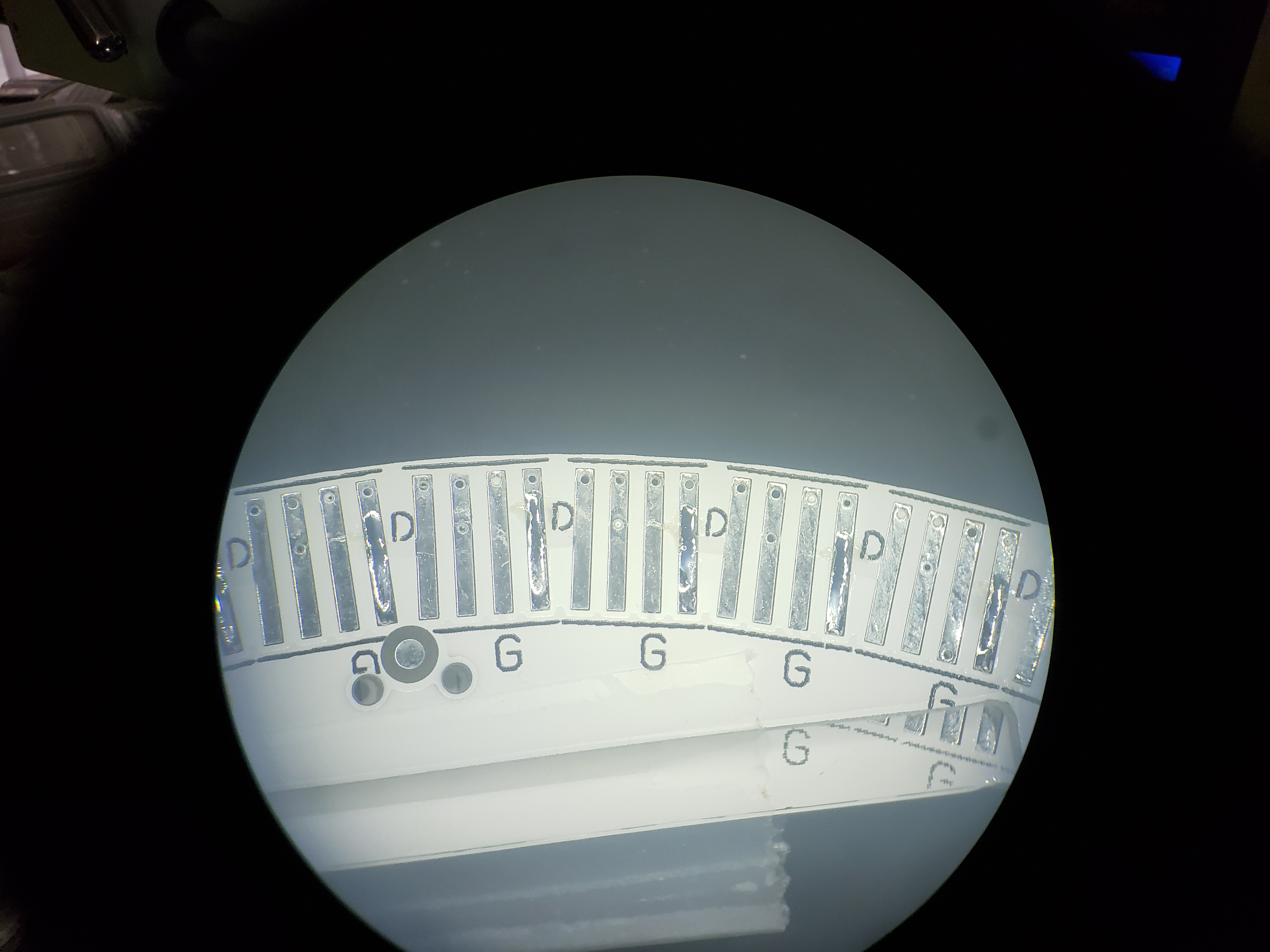
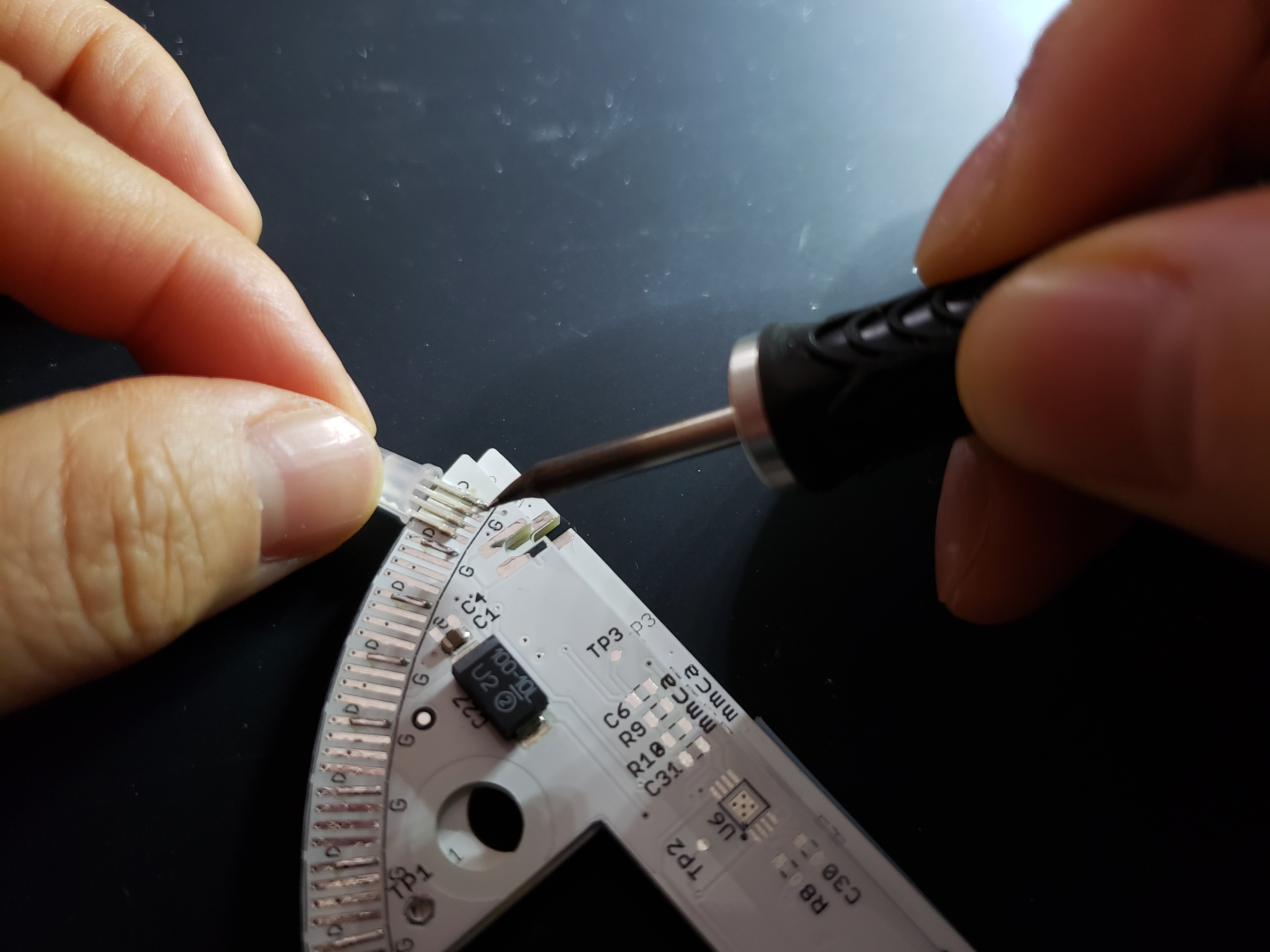
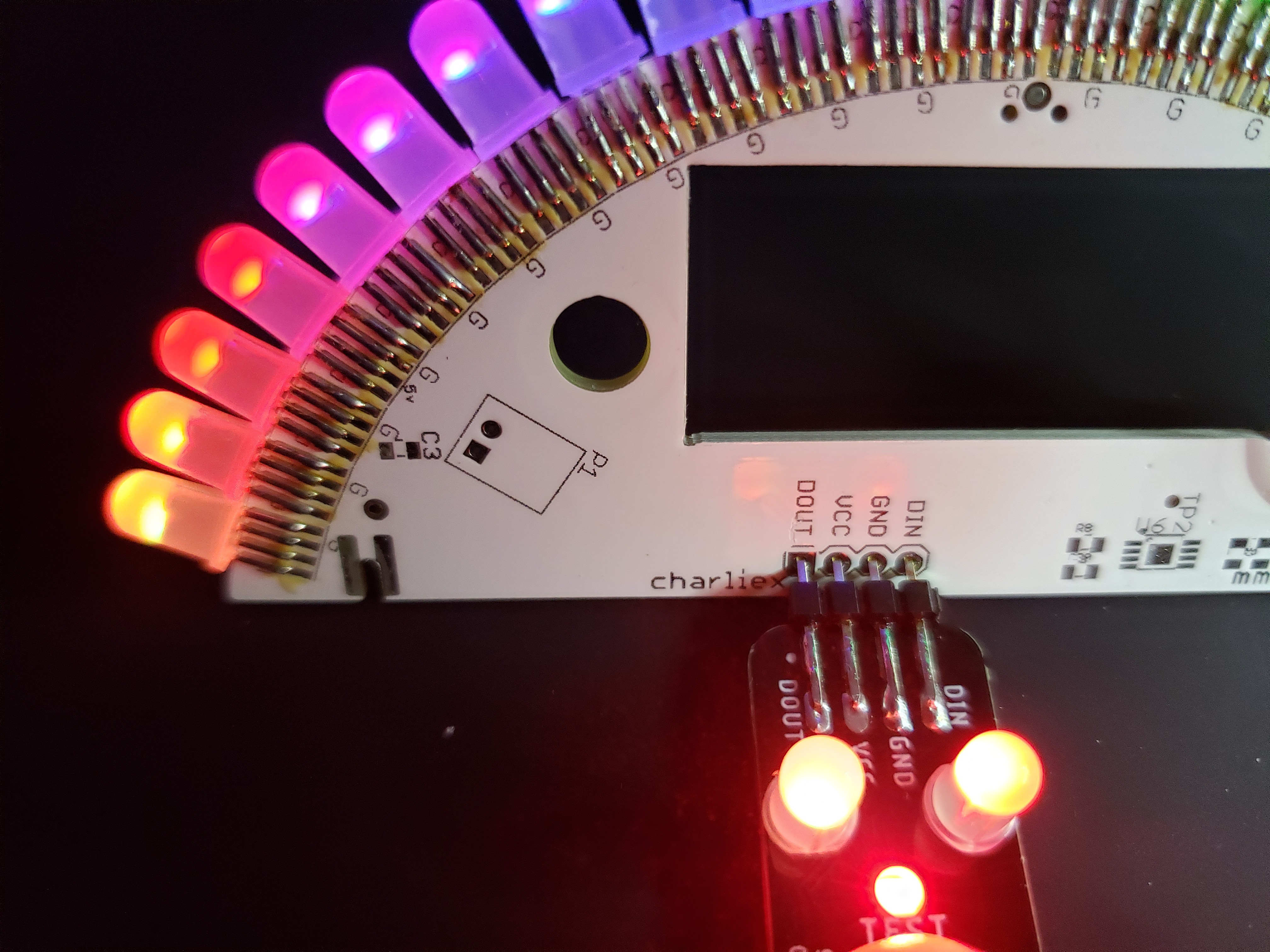

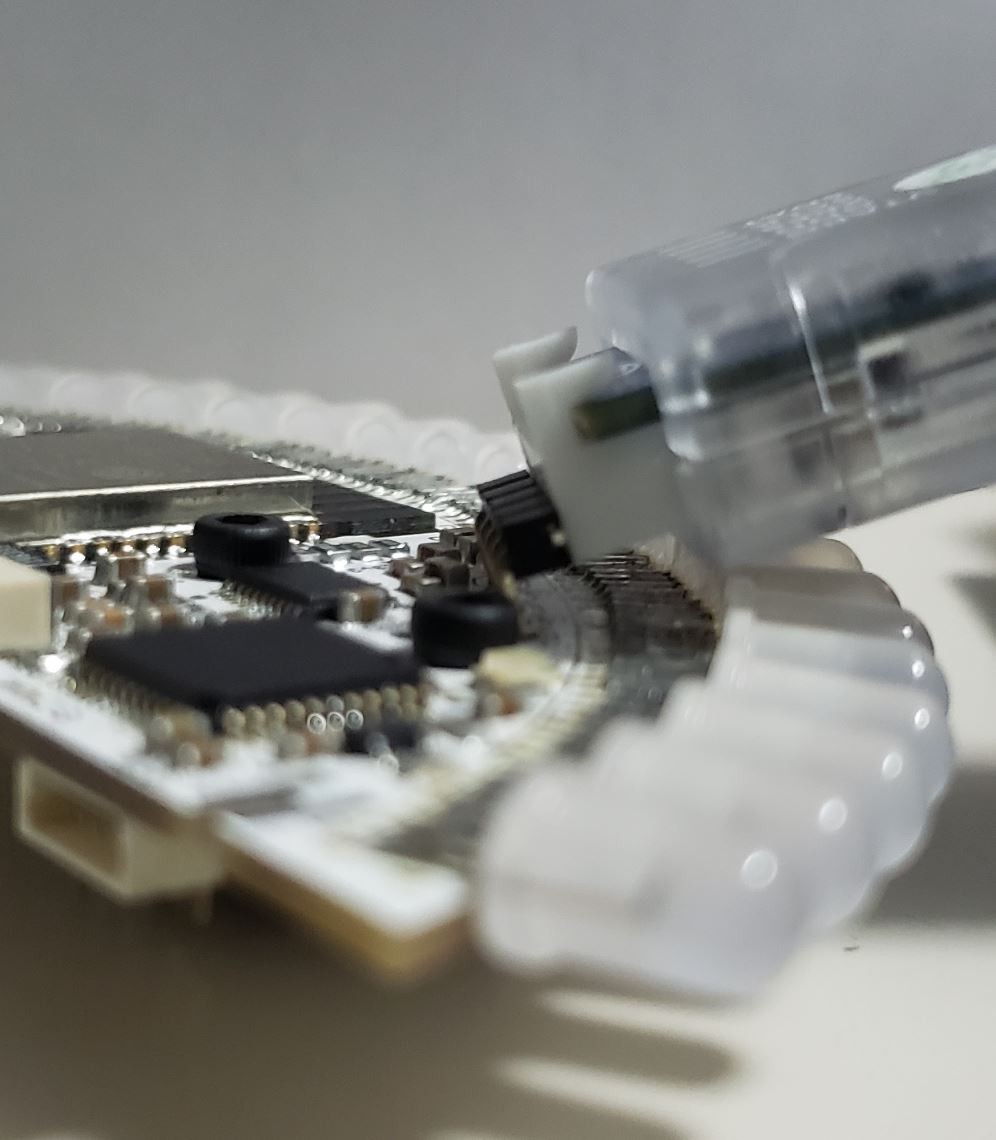
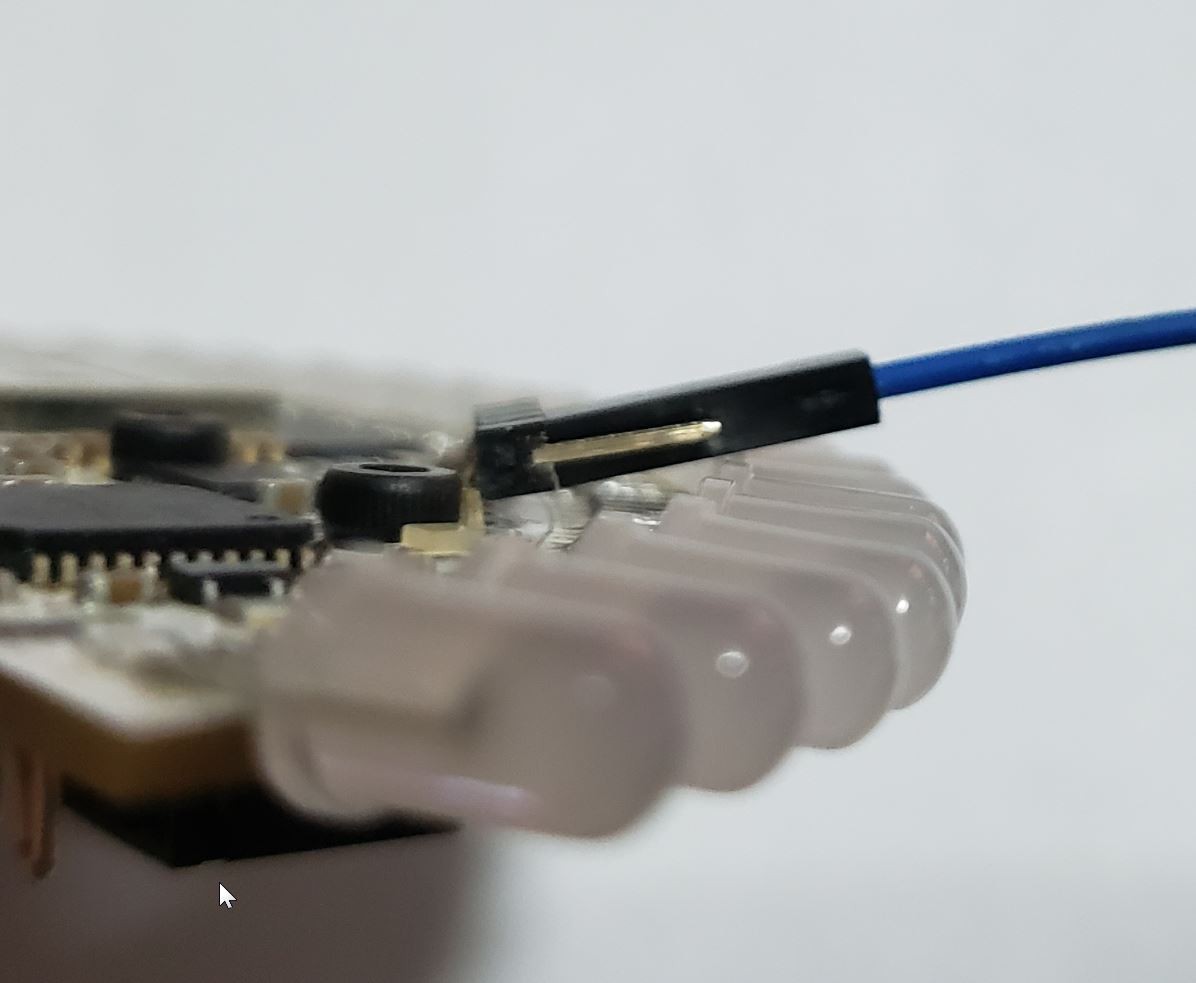
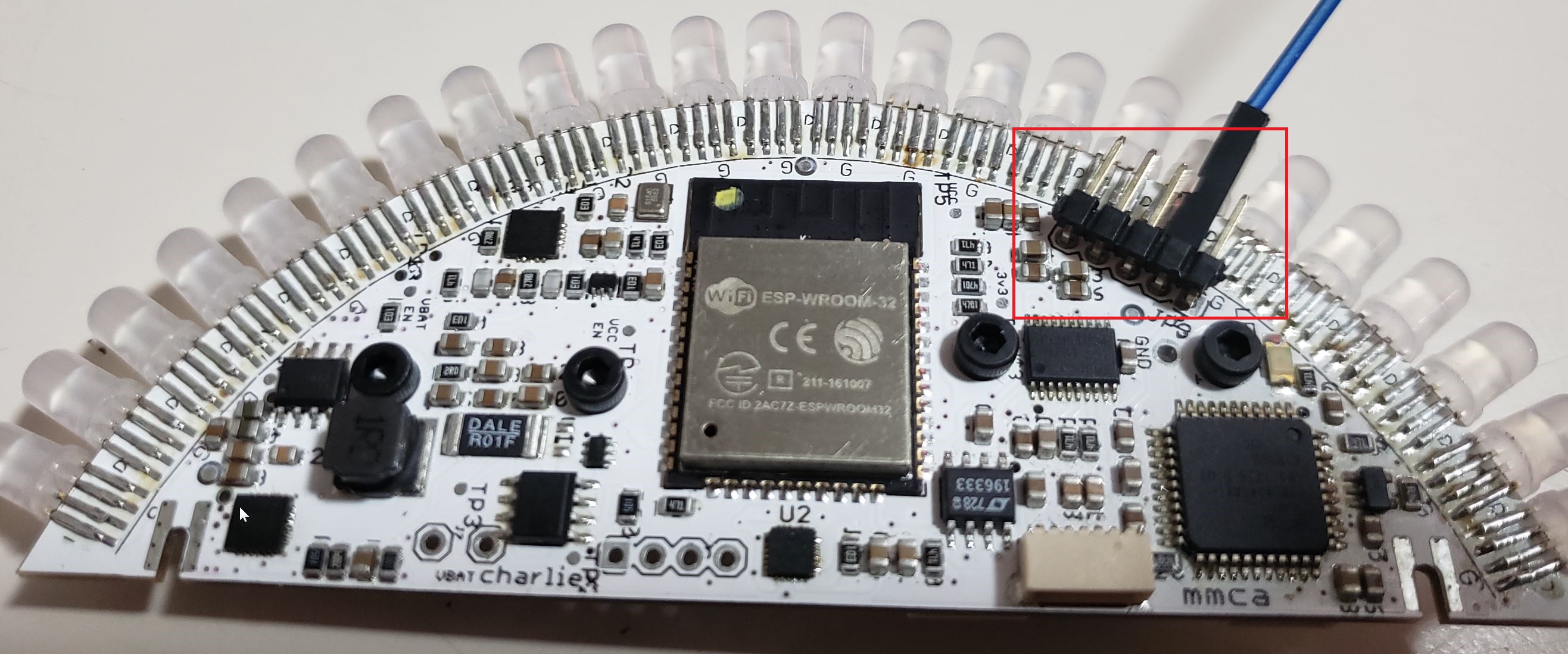


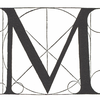


Could you upload the brd and sch for the top/bottom connector boards? We're looking to get some of these fabbed for burning man :)